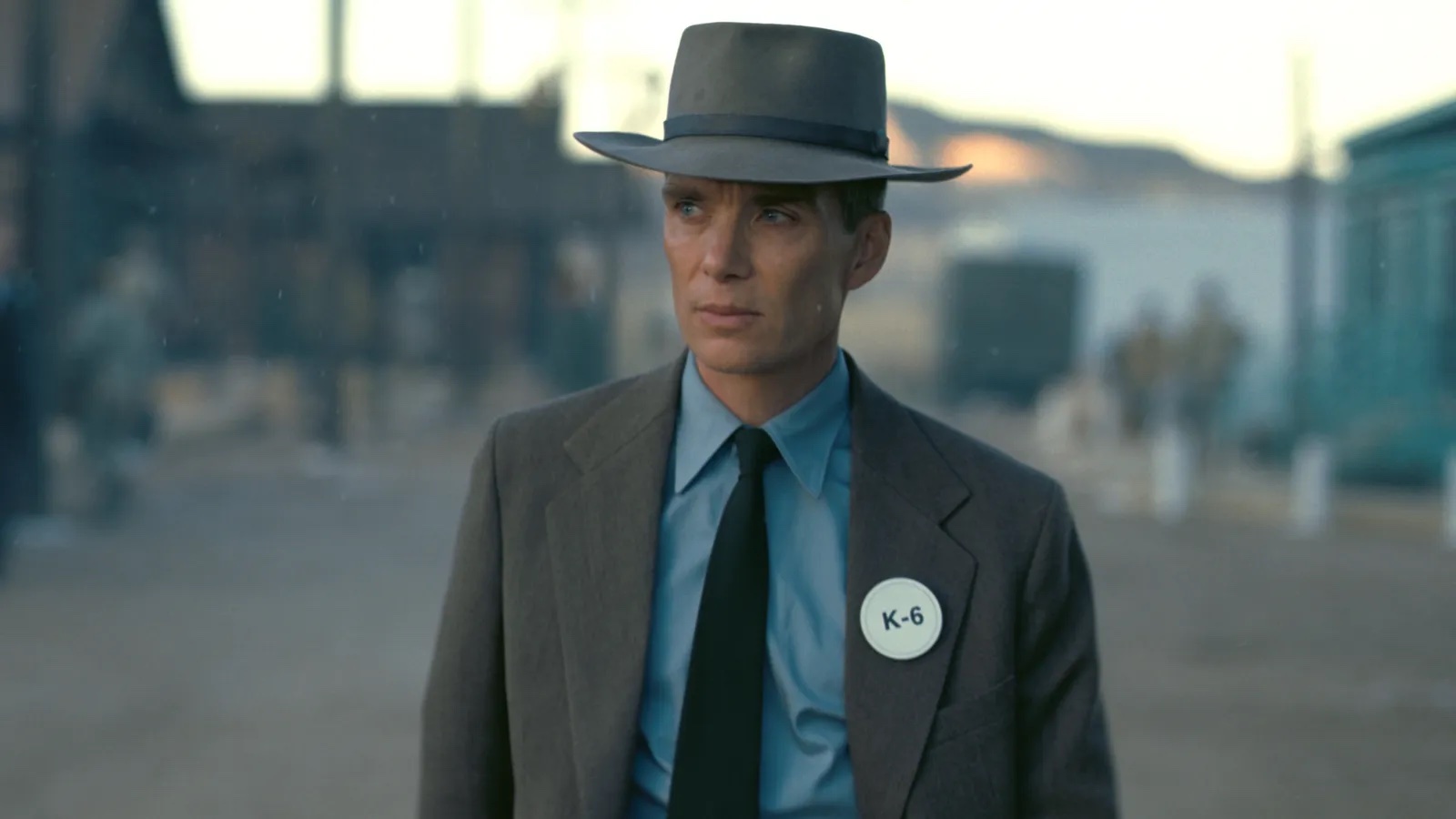
Christopher Nolan’s biopic recounting the work of J. Robert Oppenheimer, the “father of the atomic bomb,” catalogs America’s development of the humanity-obliterating weapon in a three-hour flick. Yet, Nolan excludes a significant historical component: the atomic bombs’ 200,000 victims in Hiroshima and Nagasaki.
Movie-goers flocked to theaters when “Oppenheimer” was released on July 21, 2023. The movie grossed over $500 million in only three weeks, and this sum is expected to increase as “Oppenheimer” returns to select theaters in early November. Perhaps the movie’s abundant viewers, including myself, assumed that seeing the movie made us responsible citizens. As Americans, we are somewhat charged with the duty to acknowledge the United States’ historical wrongs. Despite initial support for the bombing, incinerating hundreds of thousands of Japanese civilians is now gradually being recognized as a historical wrong. Public approval of the use of the atomic bomb against Japan has dropped at least 30 percentage points among Americans since 1945 and now stands at 56%.
Before the lights dimmed over the popcorn-covered theater, I thought that the movie would align with the plummeting approval rate of the atomic bomb, encouraging those who still condone the bombing to recognize its inherent inhumanity. However, the expectation fluttering in my chest dissipated as the movie’s trajectory became apparent. “Oppenheimer” was not the reformative historical account I was expecting. Instead, it deflects American blame through a warped presentation of the Hiroshima-Nagasaki atrocity.
Nolan chronicles Oppenheimer’s development of the atomic bomb in almost excruciating detail, examining his breakthroughs in physics, collaboration with famed scientists, and management of the Manhattan Project. The film’s fixation on Oppenheimer caused critics to denounce the film as one-dimensional. Nolan has continuously defended his movie by asserting that he purposely focused on Oppenheimer’s perspective of the tragedy. But the critics’ claims have merit, as Nolan’s erasure of Oppenheimer’s victims results in a skewed rendering of the bombings.
The movie avoids portraying the horror that the bombs ignited on Aug. 6 and Aug. 9, 1945. Many civilians were immediately engulfed in the weapon’s flames. Others within a seven-mile radius of the explosion suffered flash burns caused by the skin’s absorption of radiant energy, resulting in about 50% of the fatalities in these bombings. Survivors of the explosion were exposed to radiation that resulted in potentially fatal side effects, such as increased cancer risk. For example, the Radiation Effects Research Foundation estimates that incidence of leukemia increased by 46%. Between the initial blast and radiation exposure, about 70,000 to 135,000 people in Hiroshima and 60,000 to 80,000 people in Nagasaki perished. Oppenheimer’s weapon showed no mercy to its Japanese victims.
But Nolan does not include visuals of this brutality. The only character portrayed with peeling skin and gruesome burns is a white woman who appears in one of Oppenheimer’s hallucinations. Another scene that avoids portraying Japanese suffering shows Manhattan Project participants watching a reel documenting the disaster. The viewer only sees the grimaces of culpable American scientists, not the images of Japanese victims. Nolan fixates only on the white reaction to Japanese agony.
Additionally, Nolan’s film does not acknowledge the racist sentiments that fueled the attack. According to Tsuyoshi Hasegawa, a Japanese-American professor at the University of California, Santa Barbara, the bombing of Pearl Harbor ignited a spirit of revenge among the American populace.
“[T]he American side began to think that the only way the Japanese could learn their lesson was to completely annihilate them physically,” Hasegawa wrote. “[Killing civilians] was the only language they could understand.”
The American assumption that Japanese civilians deserved to die did not apply to civilians from other Axis powers. One need look no further than the history of Japanese internment, which incarcerated 120,000 people of Japanese descent on the American West Coast, to recognize the dehumanization imposed specifically on Japanese civilians. Hasegawa goes on to explain how former President Harry Truman, who decided to drop the bomb, described Japanese people as “beasts” who should be “treated as such.” But Nolan’s film leaves out this crucial historical context of anti-Japanese racism.
“Oppenheimer” also does not confront the Manhattan Project’s impact on New Mexican populations. Radioactive fallout leached into the surrounding environment in central New Mexico following the Trinity Test, the trial detonation of the atomic bomb on July 16, 1945. The fallout contaminated crops, water supplies, and livestock belonging to indigenous communities and farmers. These locals, uninformed by the government about the Trinity Test, used the contaminated materials and suffered high rates of cancer and heart disease. According to Co-Founder of the Tularosa Basin Downwinders Consortium Tina Cordova, this increased risk of fatal illnesses has been passed down for five generations of people living downwind from the Trinity Test. Despite dedicating ample screen time to the Trinity Test, Nolan excludes the plight of downwinders generated by this test.
Rather than confronting the atomic bomb’s impact on innocent Japanese and New Mexican civilians, Nolan portrays the American scientist who developed the bomb as the victim. Nolan devotes hours of his film to Oppenheimer’s persecution as a communist sympathizer by the U.S. government, hours that could have examined the bombing, anti-Japanese racism, and nuclear fallout in New Mexico. This cinematic decision makes viewers pity Oppenheimer, not the communities his technology devastated.
Nolan’s sympathetic depiction of Oppenheimer, despite his participation in atrocities, conforms to the American historical tradition that uplifts white elitism. The movie’s failure to center the actual victims of American abominations perpetuates the false narrative that experts were forced to drop the bomb for the greater good. This narrative has been promoted by American history books for decades, removing the blame from the U.S. government for using atomic weapons on innocent civilians.
Movie-goers planning to see “Oppenheimer” should know that while they may learn about the “Destroyer of Worlds,” the film disregards the world he destroyed.
Mya Catino is a member of the class of 2026 and can be reached at mcatino@wesleyan.edu.


Leave a Reply